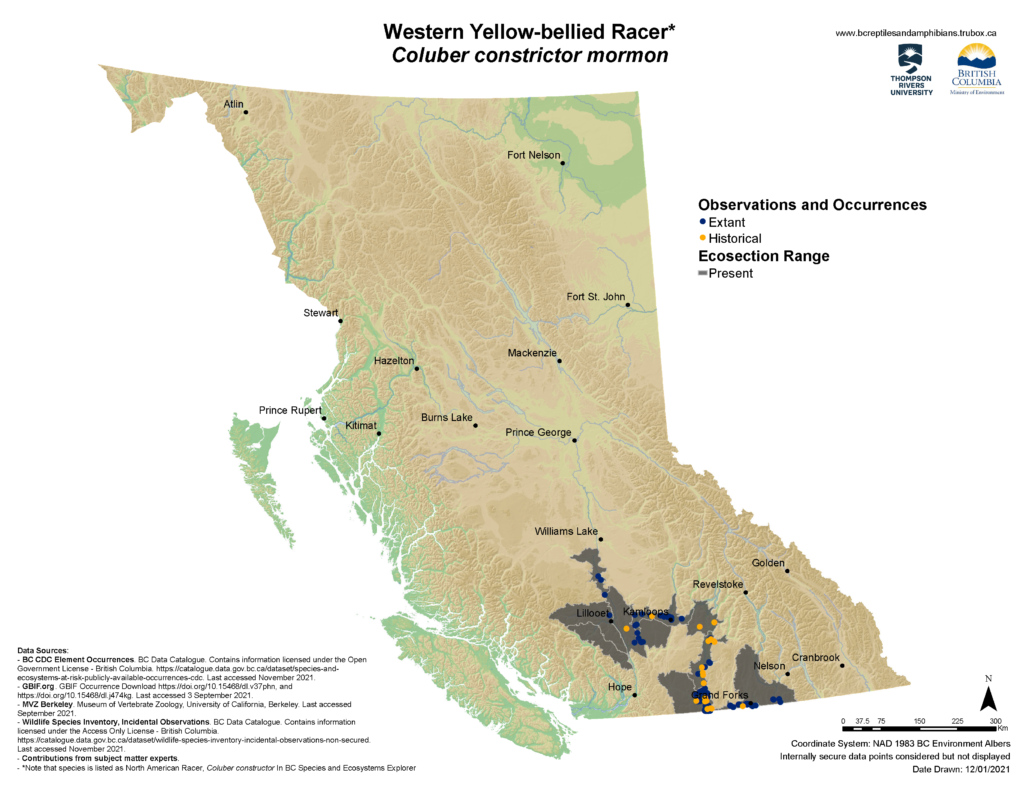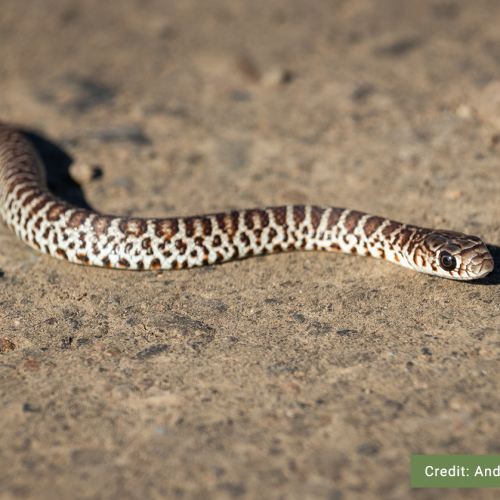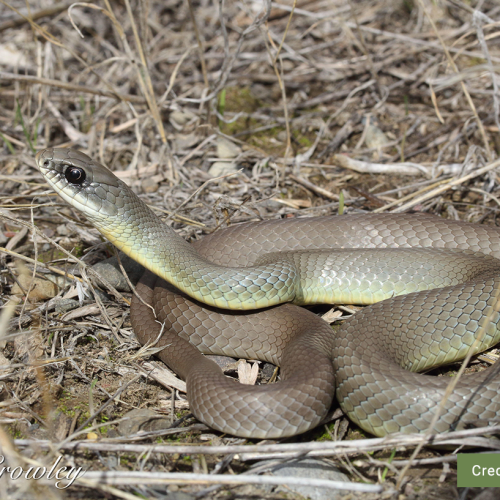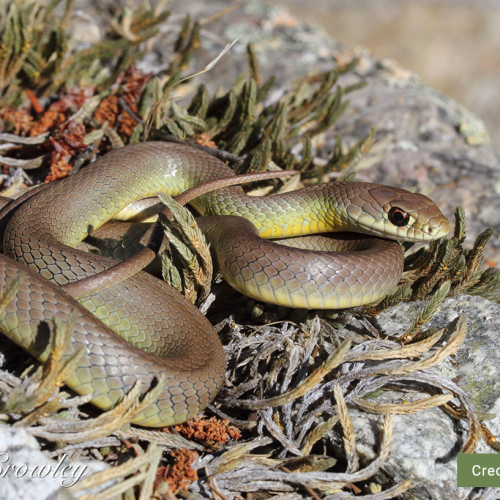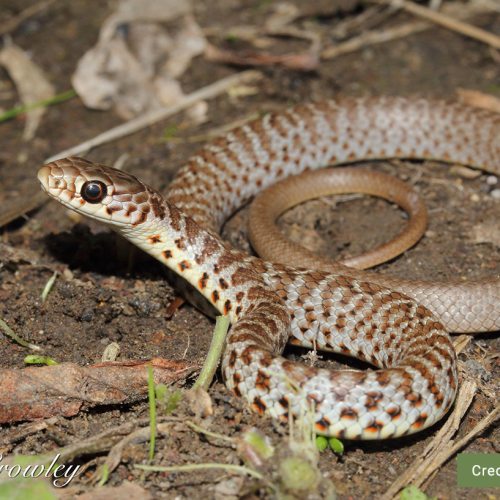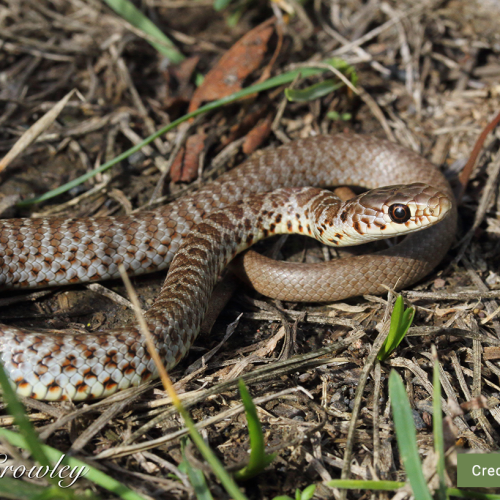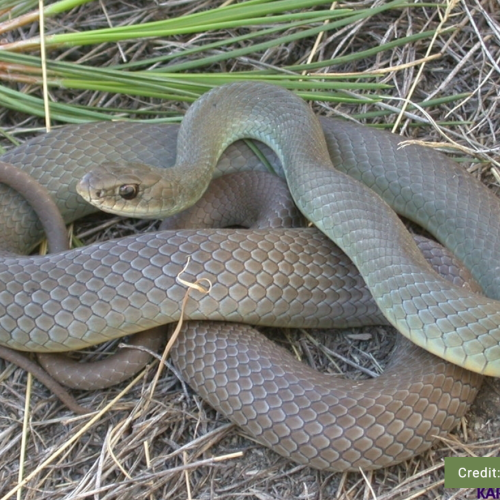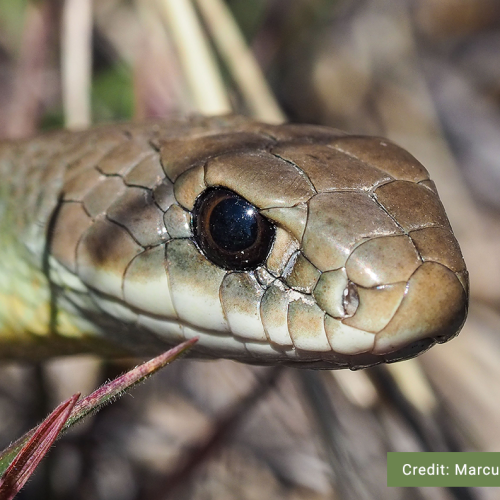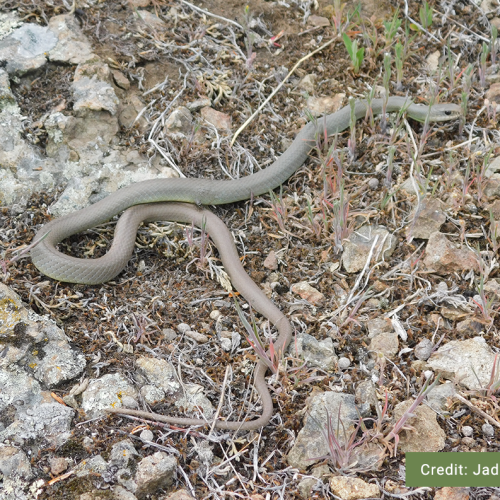Credit: Joe Crowley
Western Yellow-bellied Racer
Coluber constrictor mormon
Description
Listen to the Indigenous words for “snake” here!
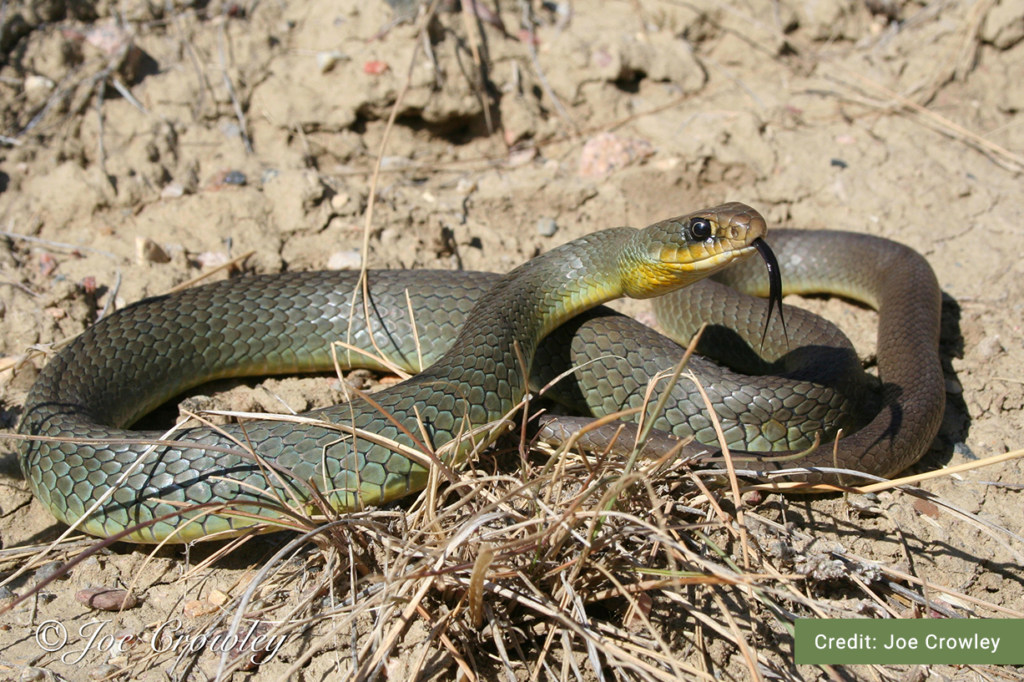
Similar Species
With large eyes and bright yellow bellies, adult Western Yellow-bellied Racers are distinct in that they are the only large, unpatterned, smooth snake in British Columbia. However, juvenile Western Yellow-bellied Racers have patterning that may lead to them being confused with juvenile Western Rattlesnakes or Great Basin Gophersnakes. Western Rattlesnake juveniles have vertical pupils, triangular heads, and at least one segment of a rattle on their tail. Great Basin Gophersnakes have distinct barring running down the body from the eye and lack the dark patterning on the head found in Racer juveniles.
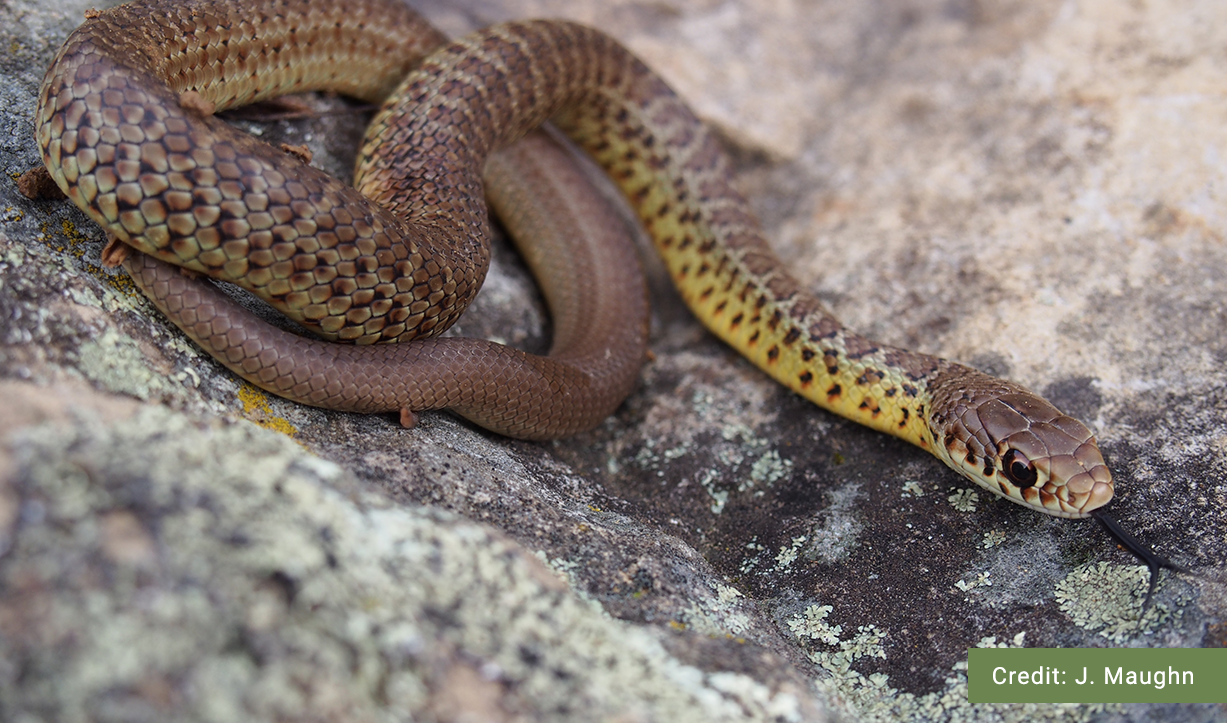
Western Yellow-bellied Racer (Juvenile)
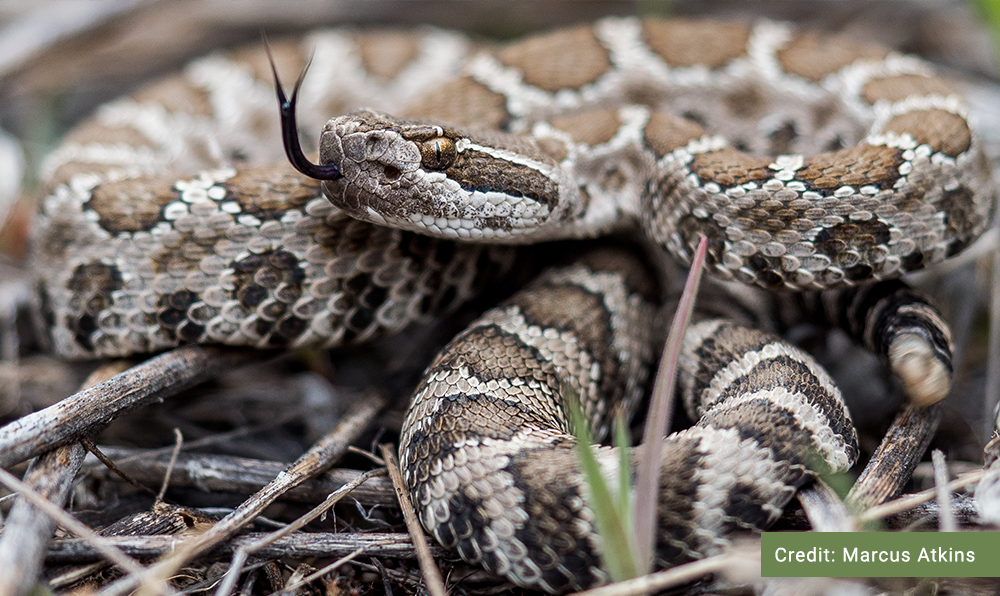
Western Rattlesnake
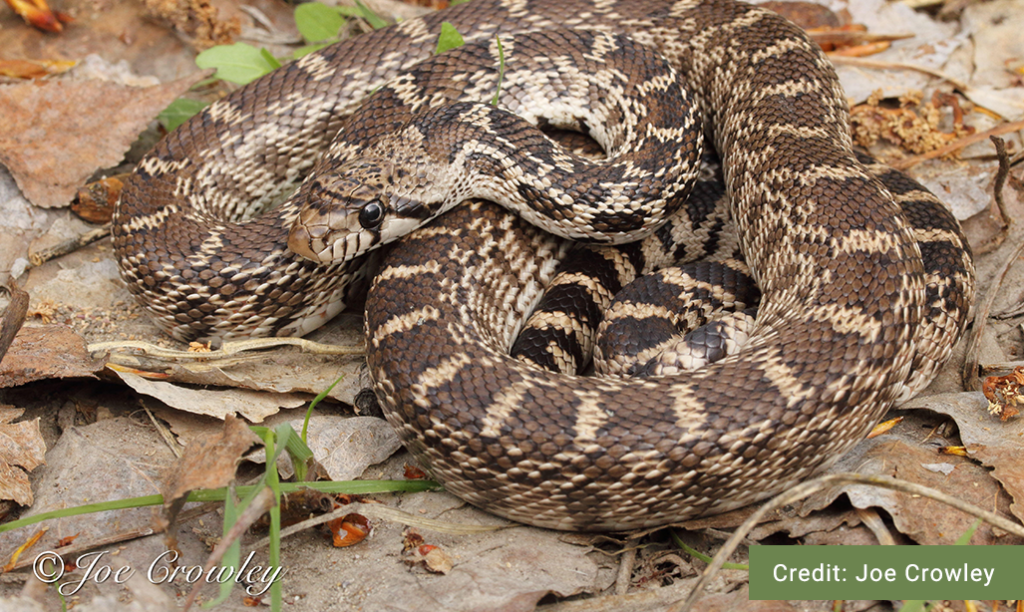
Great Basin Gophersnake
Distribution
Habitat
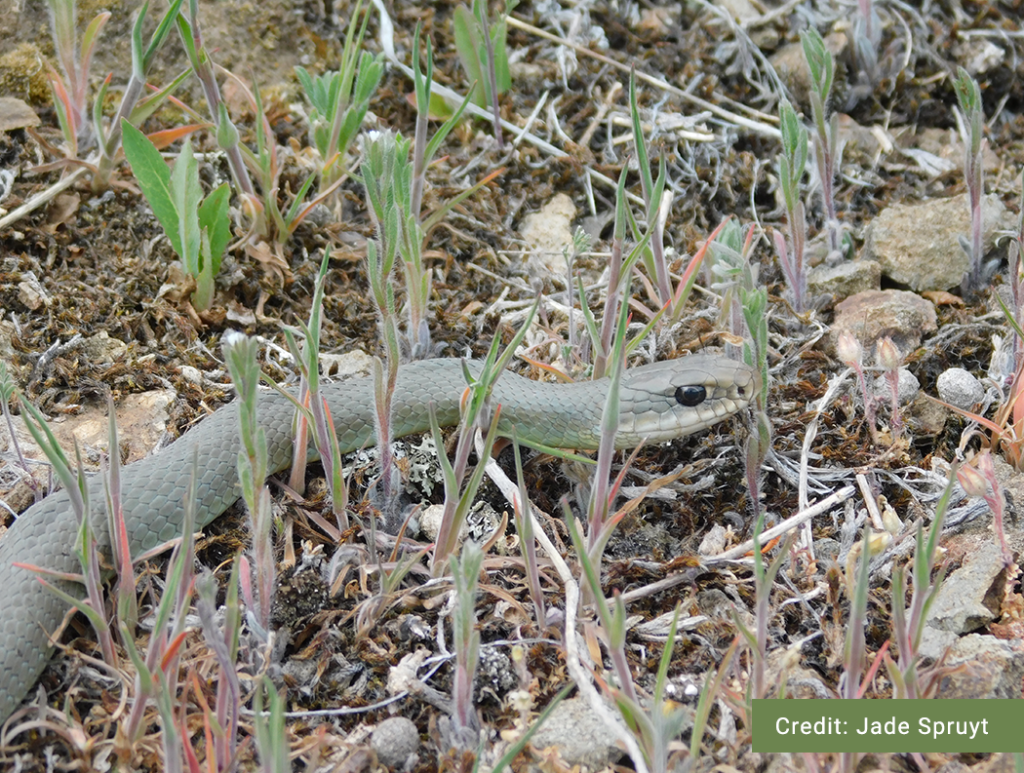
Reproduction
Western Yellow-bellied Racers mate in the spring, shortly after emerging from their overwintering dens. Females will lay anywhere from 3-12 leathery eggs in mid-summer in a sandy hole, rocky crevice, or grass root clump on a south-facing slope. Several Racers may all lay eggs in the same spot, especially if ideal nesting sites are scarce. The eggs will hatch in late August or early September, with the neonatalDefinition:A newborn. racers being fully independent as soon as they hatch. Male Racers reach sexual maturity after 2 years, while females reach maturity after 2 or 3 years. Western Yellow-bellied Racers may live over 20 years.
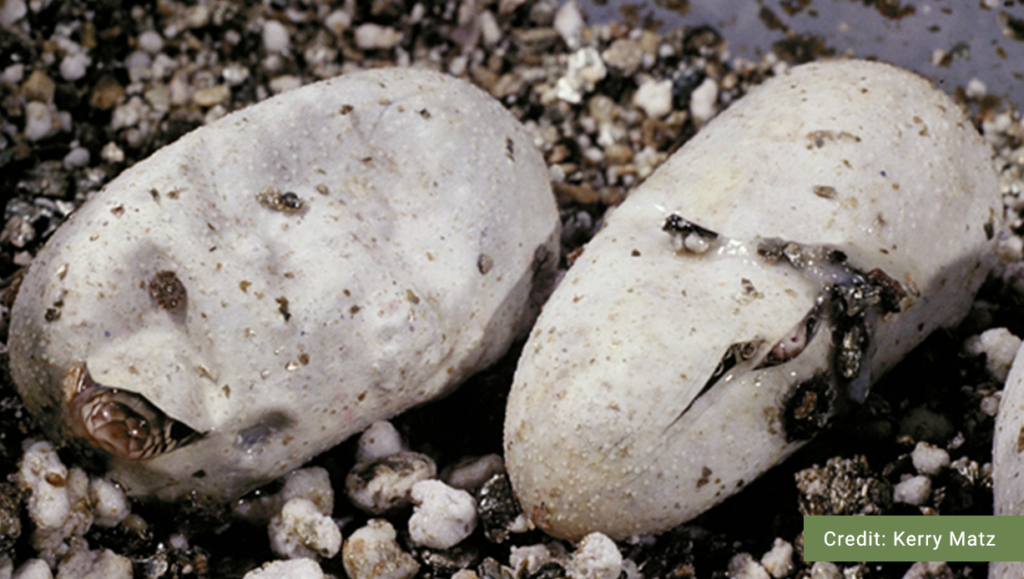
Diet
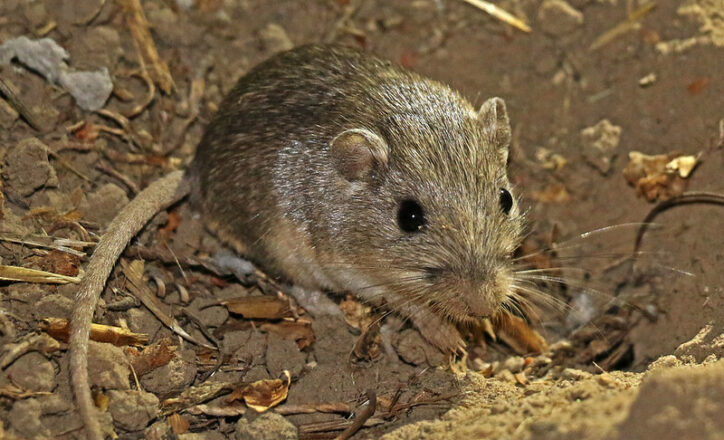
Conservation Status
Global: G5 (2016)
COSEWIC: T
SARA:1-T (2023)
Provincial: S2S3 (2018)
BC List: Blue
Learn more about conservation status rankings here
Threats
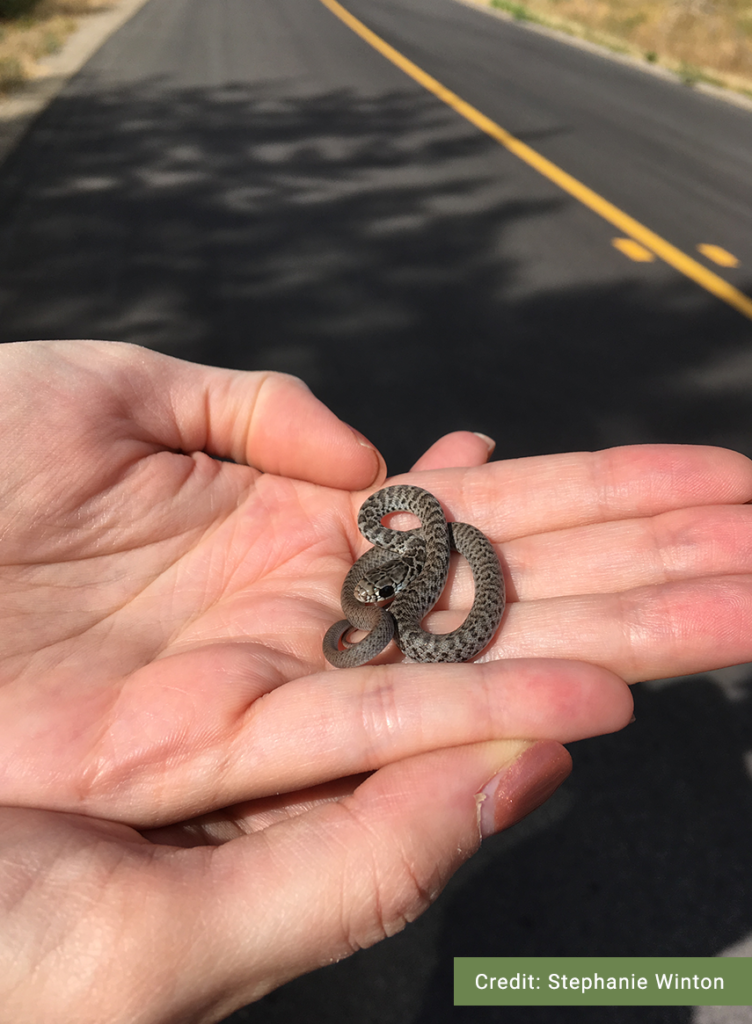
Did You Know?
Racers are very well suited to their names, they are incredibly quick, and can quite literally disappear in the blink of an eye. They are not only speedy on the ground, but they are very skilled climbers and can sometimes be found hunting in trees or bushes.
Species Account Author: Marcus Atkins
B.C. Conservation Data Centre. 2010. Species Summary: Coluber constrictor. B.C. Minist. of Environment. Available: https://a100.gov.bc.ca/pub/eswp/ (accessed Jun 17, 2021).
B.C. Conservation Data Centre. 2018. Conservation Status Report: Coluber constrictor. B.C. Minist. of Environment. Available: https://a100.gov.bc.ca/pub/eswp/ (accessed Jun 17, 2021).
B.C. Conservation Data Centre. 2021. BC Species and Ecosystems Explorer. B.C. Minist. of Environ. Victoria, B.C. Available: https://a100.gov.bc.ca/pub/eswp/ (accessed Jun 17, 2021).
COSEWIC. 2015i. COSEWIC assessment and status report on the Eastern Yellow-bellied Racer Coluber constrictor flaviventris and Western Yellow-bellied Racer Coluber constrictor mormon in Canada. Committee on the Status of Endangered Wildlife in Canada. Ottawa. xvii + 64 pp.
Environment Canada. 2015t. Management Plan for the Western Yellow-bellied Racer (Coluber constrictor mormon) in Canada. Species at Risk Act Management Plan Series. Environment Canada, Ottawa. 3 pp. + Annex
Racer Management Team Working Group. 2013. Management plan for the Racer (Coluber constrictor) in British Columbia. Prepared for the B.C. Ministry of Environment, Victoria, BC. 25 pp.
http://www.canadianherpetology.ca/species/species_page.html?cname=Western%20Yellow-bellied%20Racer
http://linnet.geog.ubc.ca/efauna/Atlas/Atlas.aspx?sciname=Coluber%20constrictor
https://www.bcreptiles.ca/snakes/westyelloracer.htm#:~:text=Racers%20are%20uniformly%20grey%20to,to%20have%20around%20th

